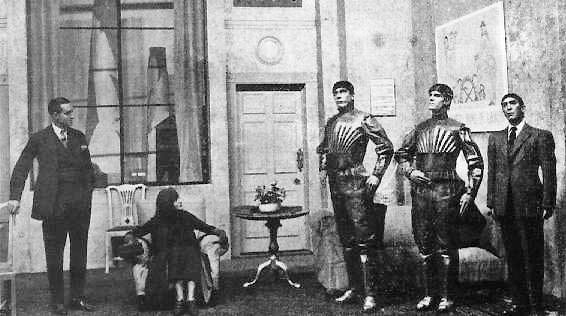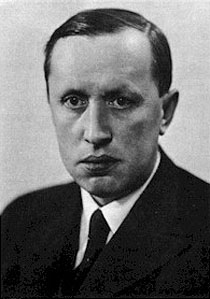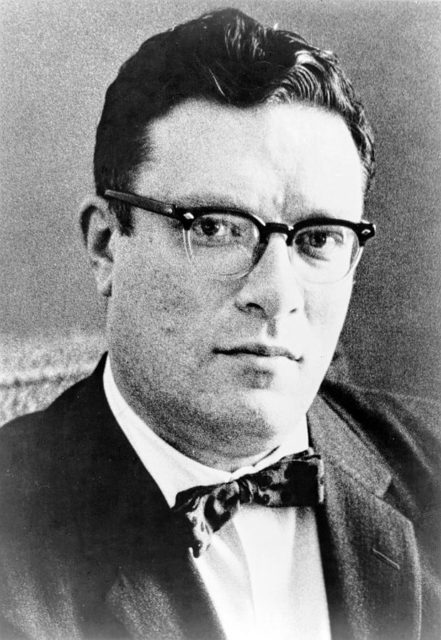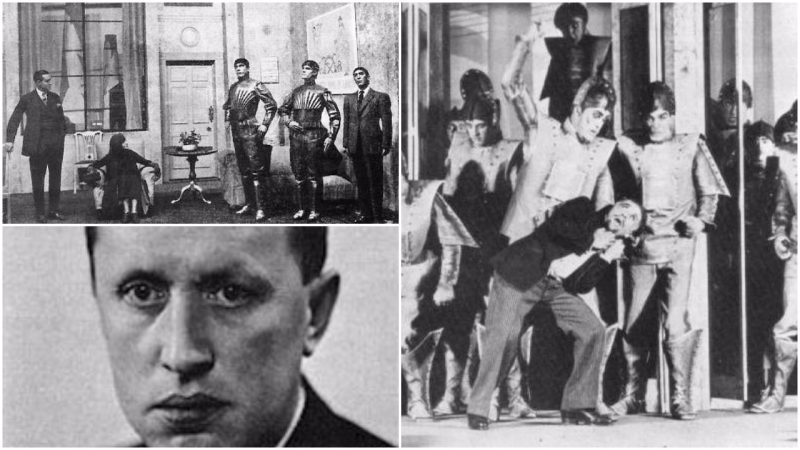The origins of the word robot might actually seem stranger than you think. It was firstly introduced by Czech interwar writer Karel Čapek, in his 1920 play R.U.R. (Rossum’s Universal Robots).
His play does not provide some profound insight on the technology behind his human-like characters. However, it does not fail to give the prefigure and the appearance of the modern ideas about androids.

The play begins in a factory that uses a chemical substance for protoplasm to produce a living; simplified people called robots. Karel goes on to describe his mass-produced workers as efficient, though they lack any capability to express emotions and feelings. They are also incapable of thinking for themselves and are indifferent to self-preservation.

Though Čapek helped the popularization of the word robot, it was his brother, Josef Čapek, who has come up with the word. In 1933, Karel provided a couple of explanations about his play, in a featured article in the Czech journal, Lidové noviny.
He mentions that his first intentions were to call his characters laboři, or “workers,” a word that originates from the Latin labor. However, he felt that there is something missing in the word and did not like the first choice. Then, he sought help from his brother, who suggested the word roboti.

The word robota virtually means “corvée,” which stands for forms of unpaid labor, i.e. statute labor. It also means “serfdom,” whereas serf refers to the lowest feudal class members, legally bonded to work for a landlord of a particular property or estate. More general meanings of robota tie with the words “work” and “labor” across the majority of other Slavic languages (Russian, Serbian, Slovak, Polish, Macedonian, Bulgarian, etc.).
Interesting enough is the Hungarian variant, where robot, or traditionally robota, meant the work period of the serf to conduct for his lord, which was usually a portion of 6 months throughout a year.
Consequently, the word robotics, which is used to describe this field of study, was coined by the Russian-born science fiction writer Isaac Asimov. Asimov created and used the Three Laws of Robotics continually as a theme in his corpus.

The Three Laws, as often shortened, were introduced in his 1942 short story, Runaround, and quoted as from the Handbook of Robotics, 56th Edition, 2058 A.D. that they assert the following:
- A robot may not injure a human being, or, through inaction, allow a human being to come to harm.
- A robot must obey the orders given it by human beings except where such orders would conflict with the First Law.
- A robot must protect its own existence as long as such protection does not conflict with the First or Second Laws.
Undoubtedly, Asimov has managed to extend the meaning and the definition of robots. Along with Čapek, they aimed to influence and establish the foundations for defining of the laws used both in fact and fiction.
